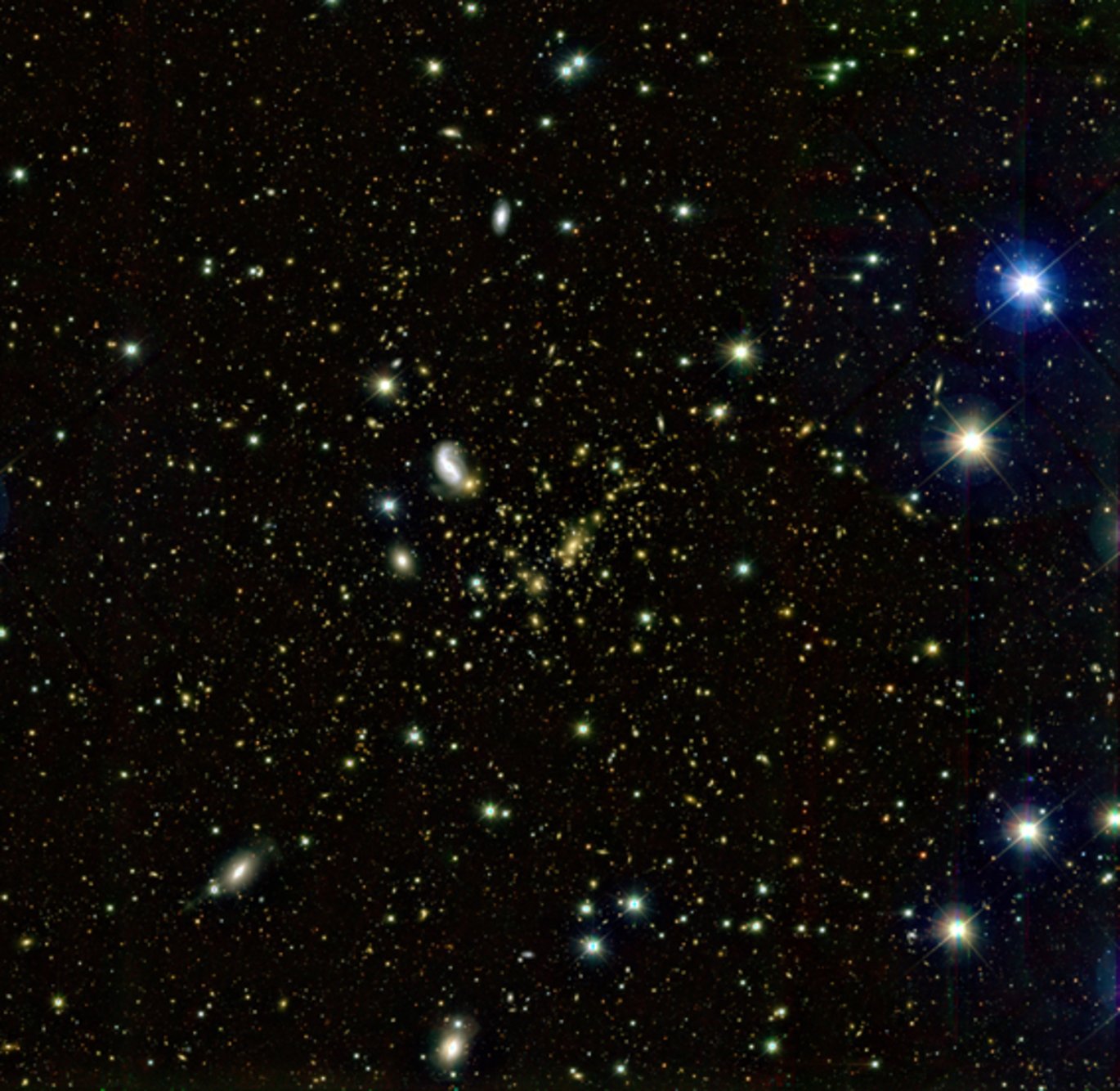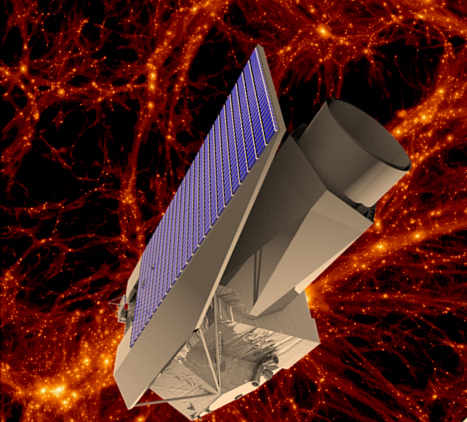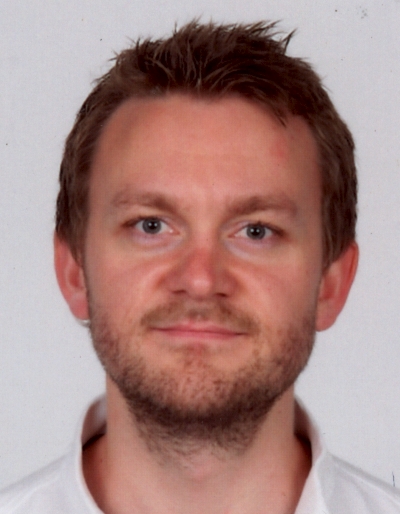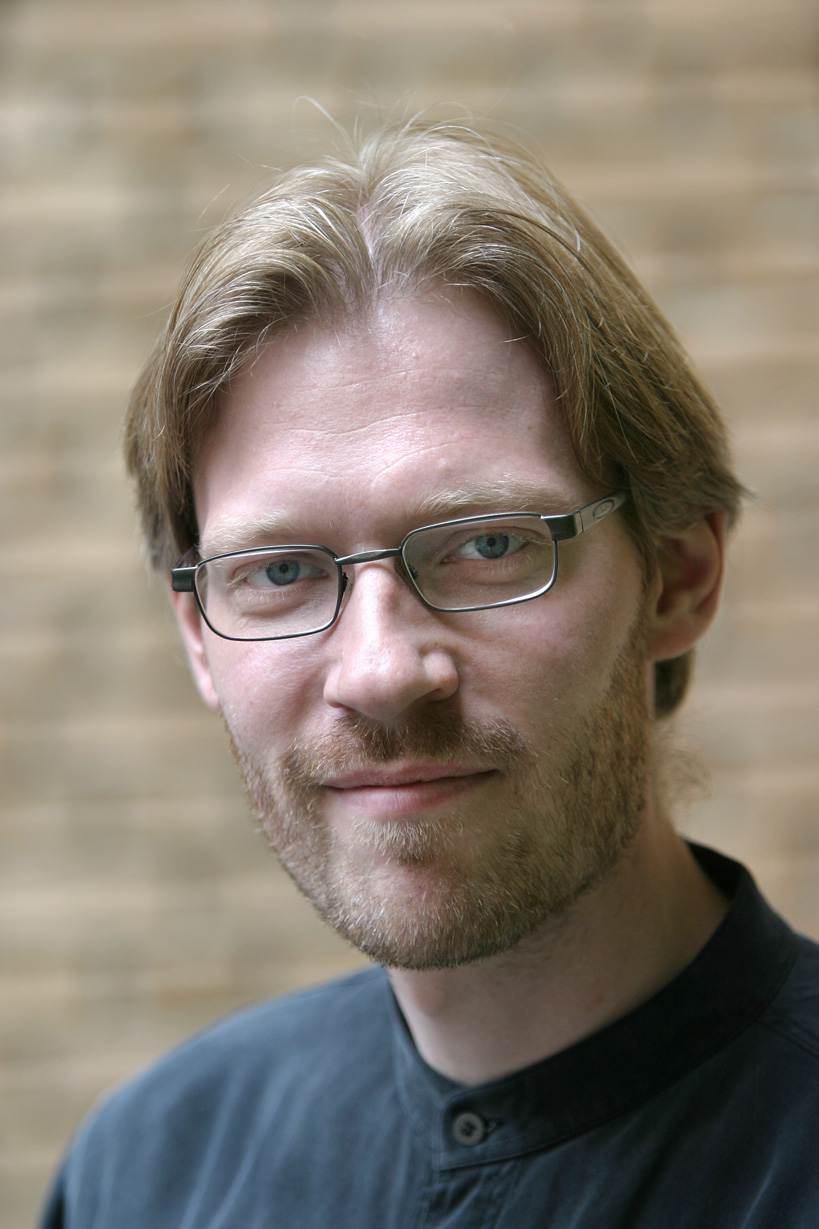Nobel Prize in Physics has links to Aarhus University
The Nobel Prize in Physics 2011 was awarded for the discovery of the accelerating expansion of the universe – knowledge that astronomers at Aarhus University are among the best in the world at interpreting.




Stars, planets and galaxies are being torn apart at ever-increasing speed. This was demonstrated by American scientists in 1998 after they had studied exploding stars called supernovae. The discovery was controversial because it meant that science went from a self-confident belief of knowing virtually all matter in the universe to only knowing a mere four per cent. The remainder is either dark matter (twenty-three per cent) or dark energy (seventy-three per cent). Nobody as yet has the remotest idea of what makes up the latter in particular.
On 4 October 2011, Saul Perlmutter, Brian Schmidt and Adam Riess – the scientists responsible for the realisation that the expansion is speeding up – were honoured with the Nobel Prize in Physics.
Researchers at Aarhus University have been among the world’s elite for a long time with respect to interpreting and understanding the thirteen-year-old knowledge of the Americans.
“The fact that the expansion of the universe is accelerating means that everything in the universe is moving away from each other faster and faster. This is pretty strange in a universe that’s otherwise dominated by gravity, and only causes things to be attracted to each other. There’s therefore a need to think in completely new ways in order to explain the discovery that earned a well-deserved Nobel Prize. We’re good at doing that here,” says Ole Eggers Bjælde, a postdoctoral scholar in astrophysics at Aarhus University.
In a new project with colleagues in Denmark and abroad, he is going to point a space telescope at remote clusters of galaxies and thereby study dark energy, which is currently tearing the clusters apart at a staggering rate.
A galaxy cluster is born
The Aarhus astronomers are participating in the ESA (European Space Agency) Euclid project, which involves a space telescope just approved to be launched in 2019.
More than 800 researchers from different European countries are involved in the project, and the space telescope will search the sky for six years looking for galaxies and galaxy clusters of all ages – from the birth of the universe right up to the present day.
“Aarhus University is contributing to the Euclid project with advanced computer simulations of the formation of large structures in the universe, such as galaxy clusters. Our own galaxy – the Milky Way – is part of a local cluster of galaxies, for example, with a total mass that’s more than 1012 times the mass of the Sun. Our local galaxy group is also part of a larger supercluster with a mass of up to 1015 times that of the Sun. Euclid will reveal how the expansion and structure formation of the universe evolved during the last ten billion years. That corresponds to the last seventy-five per cent of the universe’s lifetime,” explains Dr Bjælde, who is affiliated with the project along with Steen Hannestad, a professor of astrophysics at Aarhus University.
By comparing observations from Euclid with the Aarhus researchers’ simulations based on the best theories, the scientists hope to get closer to an explanation of why the expansion of the universe is going faster and faster.
Aarhus University researchers among the world’s elite
Researchers from Aarhus University have made their mark on the world of astronomy for many years with state-of-the-art computer simulations of such things as galaxy clusters, and they have published their results in a number of highly reputed international journals. Their knowledge can teach us about dark energy because the formation of galaxy clusters is correlated with the amount of dark energy in the universe.
“Dark energy has a repulsive effect that counteracts gravity. It’s therefore expected that the formation of very large structures in the universe, such as galaxy clusters, will be particularly sensitive to the amount of dark energy at the time of formation. Earlier in the history of the universe, the amount of dark energy was considerably less than it is today, so it was easier for the structures to be formed,” says Dr Bjælde.
Dark energy also holds the key to predicting the future of the universe. The expansion began with the Big Bang fourteen billion years ago, but science has long believed that it would ease off or stop altogether at some stage. This view of the world was reassessed following the discovery in 1998.
“The discovery of the acceleration of the universe indicates that it will just expand faster and faster until everything in the universe is virtually infinitely distant from each other. However, the ultimate fate of the universe depends to a large extent on what dark energy actually is, and Euclid will help researchers to get closer to an answer to precisely this question,” says Dr Bjælde.
Contact
- Postdoctoral Scholar Ole Eggers Bjælde, Aarhus University, +45 8942 4888, oeb@phys.au.dk
- Professor Steen Hannestad, Aarhus University, +45 8942 3611, sth@phys.au.dk
More information